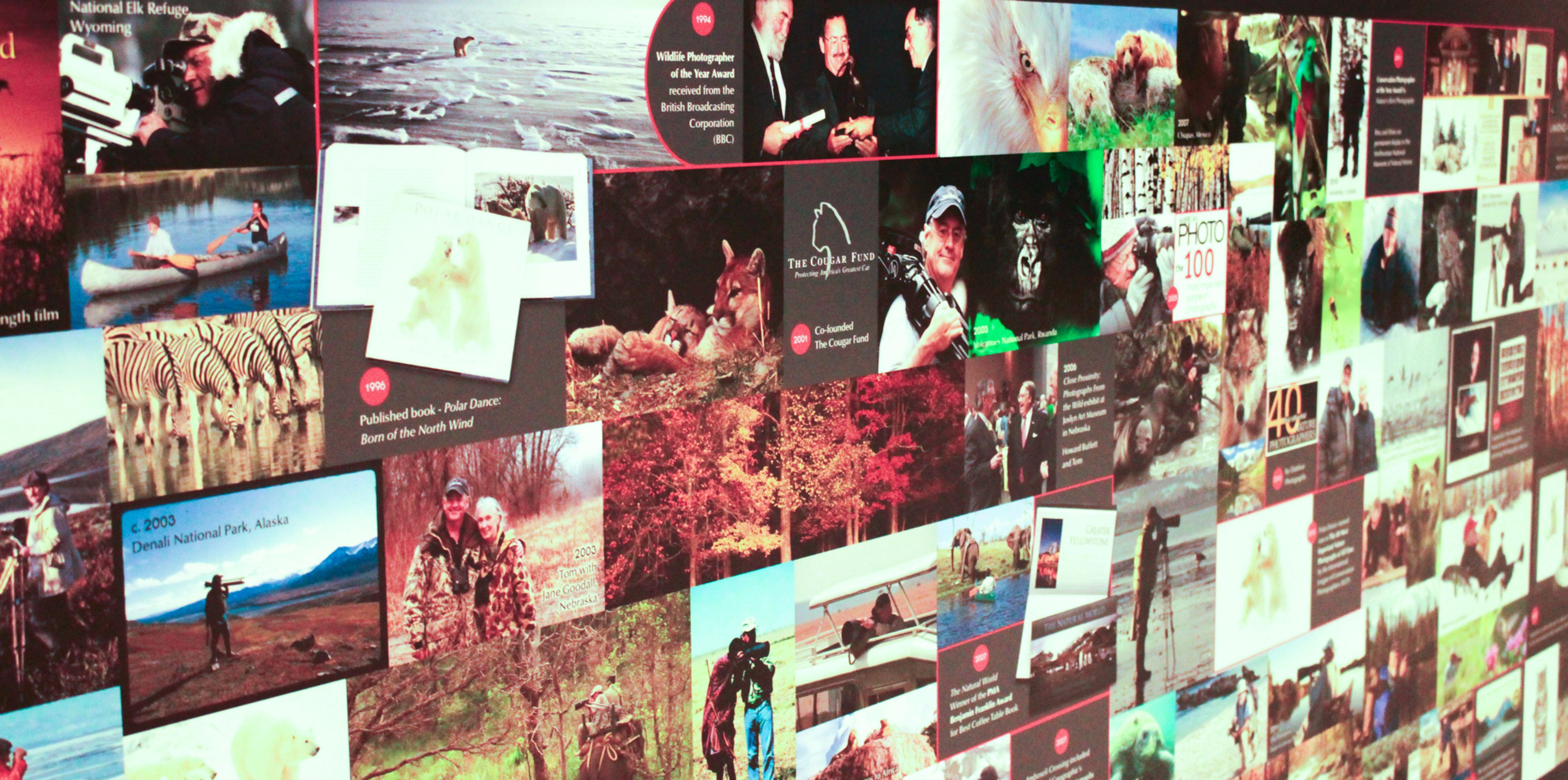“A Life in the Wild” - Crisp Museum features an exhibition by famed nature photographer
Discover the stunning world of nature through the lens of acclaimed photographer Thomas D. Mangelsen at Crisp Museum's "A Life in the Wild" exhibition, featuring 40 breathtaking images from his global adventures.
A collection of nature photographs by renowned artist Thomas D. Mangelsen is currently on display at the Rosemary Berkel and Harry L. Crisp II Museum at Southeast Missouri State University’s River Campus.
The exhibition, titled “A Life in the Wild,” features 40 pieces of Mangelsen’s adventures in nature across the globe.
Mangelsen, a Nebraska native, has dedicated the last 40 years of his life to capturing moments of nature’s most brilliant creatures.
According to his website, Mangelsen was named the 2011 Conservation Photographer of the Year by Nature’s Best Photography and has work featured in the Smithsonian’s National Museum of Natural History.
“One of the most prolific nature photographers of our time, Mangelsen is as much a conservationist as he is an artist,” his biography reads. “Tom was named the 2011 Conservation Photographer of the Year by Nature’s Best Photography, placing his work in the permanent collection at the Smithsonian’s National Museum of Natural History in Washington, D.C. He was named one of the 40 Most Influential Nature Photographers by Outdoor Photography.”
The exhibition is part of Mangelsen’s Legacy Reserve Collection, a series of limited-edition photographs. When Mangelsen first created these limited-edition works, he reserved 20 of his most valuable prints to be showcased at a later date. Many of these images have been sold out for more than a decade and are now paired with more recent works in the traveling exhibition.
Among these pieces are photographs of various wildlife, including a photo of baby cheetahs with their mother in Southwest Kenya and a bear frolicking in a rocky river in Jackson Hole, Wyoming.
Crisp Museum manager Jim Phillips said that images of nature and wildlife tend to resonate with the community, which is why they wanted to bring Mangelsen’s work to life in the gallery.
“I’ve always felt that this type of landscape and wildlife exhibition really resonates with the community, it's relatable, it’s not intimidating,” Phillips said.
The museum has split the exhibition into two parts. The first part is currently being featured, while the second round of photos will be opening Oct. 4.
Phillips said that the collection is iconic because of how close Mangelsen really gets with nature, and patrons of the museum have had a positive response so far.
“He’s trying to capture nature in a raw moment, rather than planning and preparing to take a photograph the way we would today,” Phillips said. “It’s also about being closer and closer to nature without getting hurt in the process. That sort of viewpoint of up close and personal resonates.”







